The world of nocturnal animals is full of surprises. While most of us know about owls and bats, many mysterious creatures roam the night that often go unnoticed. These animals, with their unique behaviors and adaptations, remain hidden from the spotlight. They thrive in darkness, using specialized senses to navigate their world. Let’s explore some of the most intriguing nocturnal animals you’ve probably never heard of.
Kinkajou
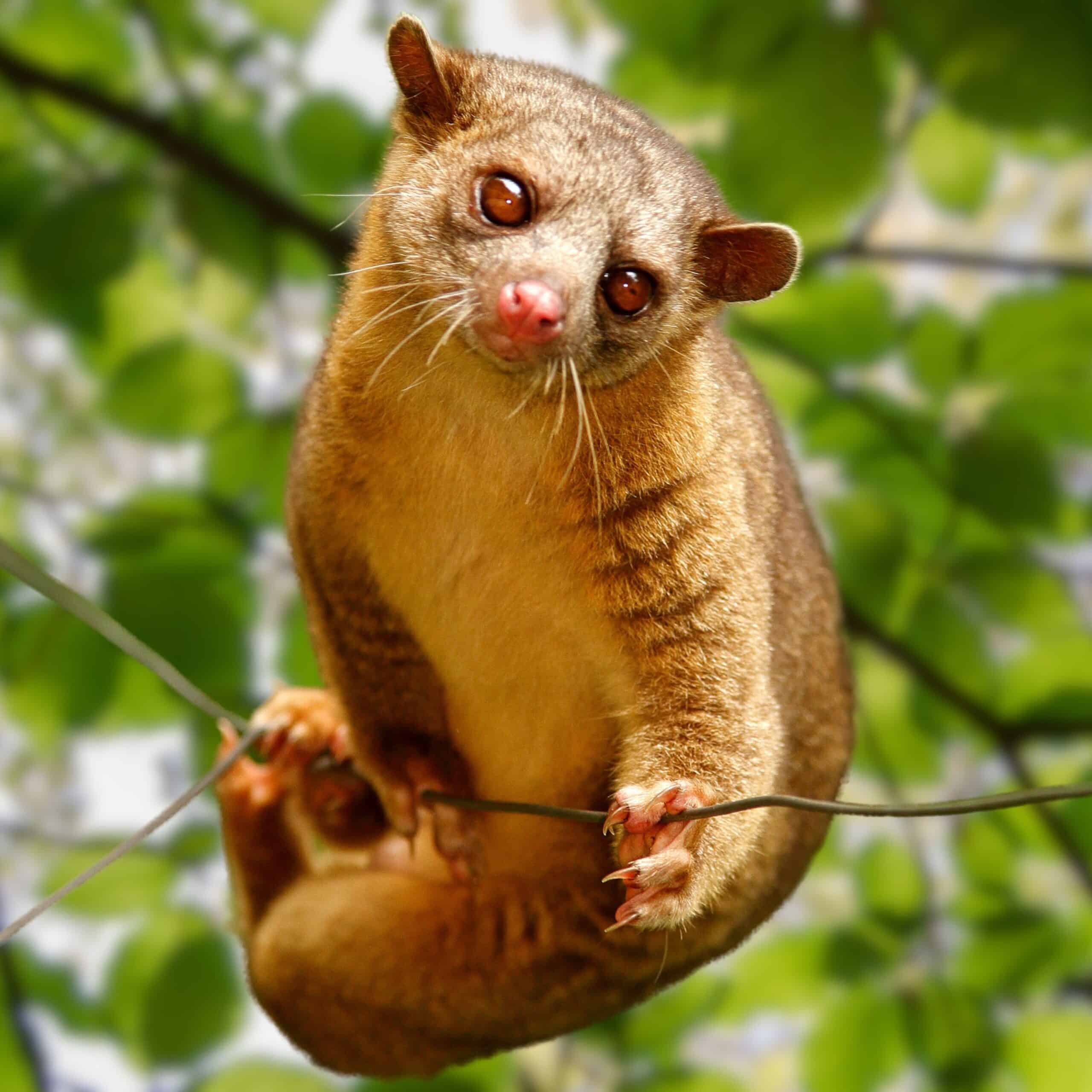
The kinkajou is a small, arboreal mammal native to Central and South American rainforests. It has a long, prehensile tail that helps it move effortlessly through trees. Its big eyes are adapted for night vision, allowing it to see in the dark. Kinkajous are frugivores, mainly eating fruit, but they also enjoy nectar and insects. Despite their cute appearance, they are skilled climbers and can be quite elusive in the wild.
Nightjar
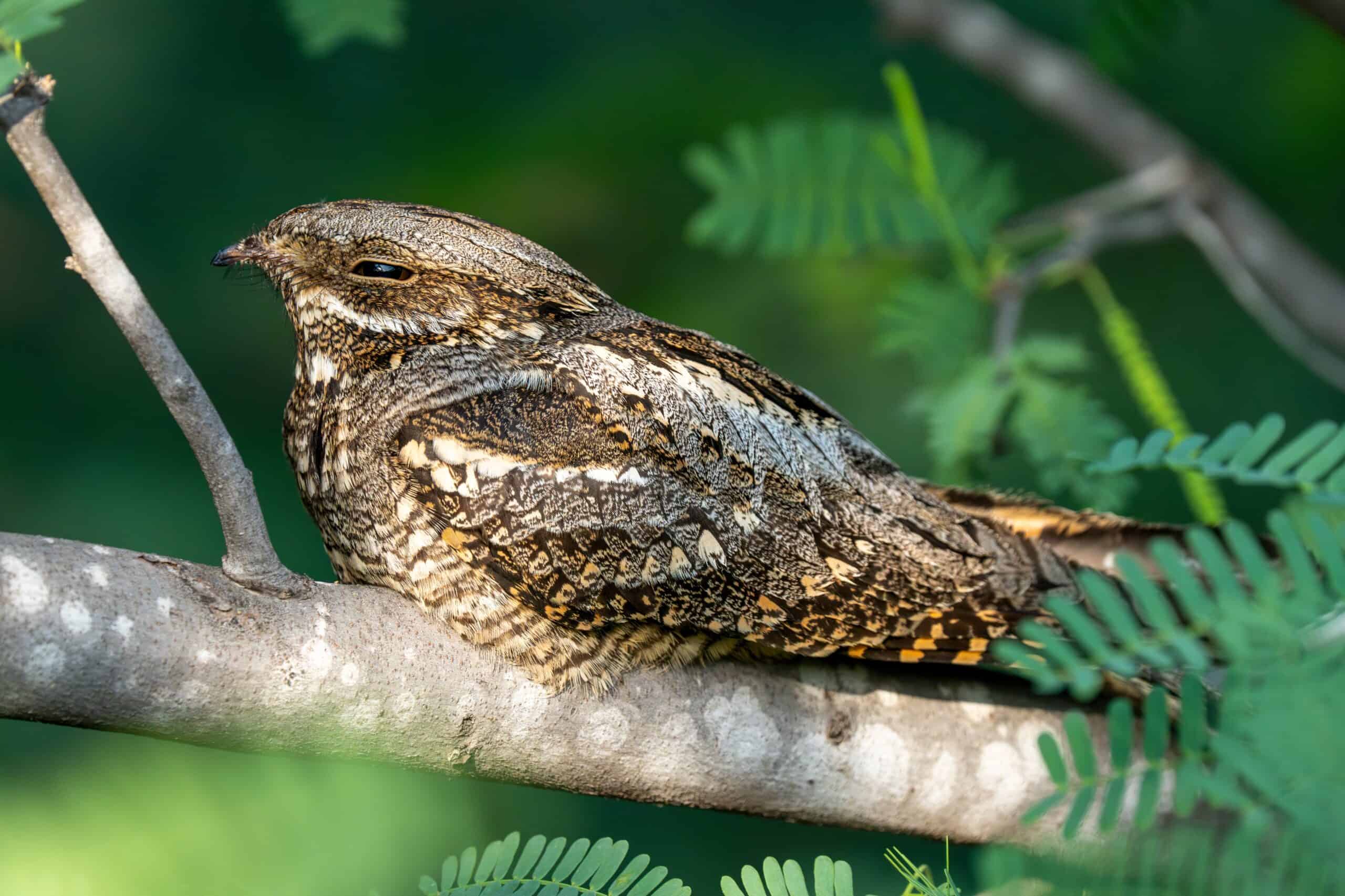
The nightjar is a nocturnal bird found across various continents, including Europe, Africa, and the Americas. Its plumage is cryptically colored, blending seamlessly with the forest floor or tree branches. Nightjars have wide mouths and sharp, bristle-like feathers around their beaks, perfect for catching insects mid-flight. Their calls are haunting and often echo through the night, making them easier to hear than to see. During the day, they remain motionless, relying on their camouflage to avoid predators.
Spectacled Bear

The spectacled bear is South America’s only bear species, primarily inhabiting the Andean cloud forests. Its name comes from the distinctive white markings around its eyes, which resemble spectacles. These bears are nocturnal and elusive, often foraging for fruit and vegetation at night. They are excellent climbers, using trees both for food and as a refuge from predators. Despite their shy nature, spectacled bears play a crucial role in their ecosystem by dispersing seeds.
Solenodon
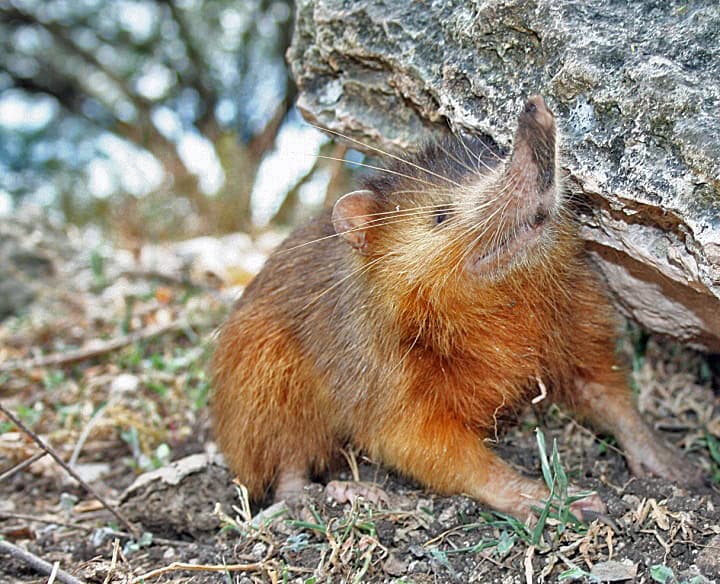
The solenodon is a small, venomous mammal native to the Caribbean islands of Hispaniola and Cuba. It resembles a shrew with its long snout, small eyes, and spindly legs. This nocturnal creature uses its venomous saliva to immobilize prey, which includes insects and small invertebrates. Solenodons have a unique way of walking, often scuttling sideways, which adds to their mysterious charm. They are considered living fossils, having changed little over millions of years.
Pangolin
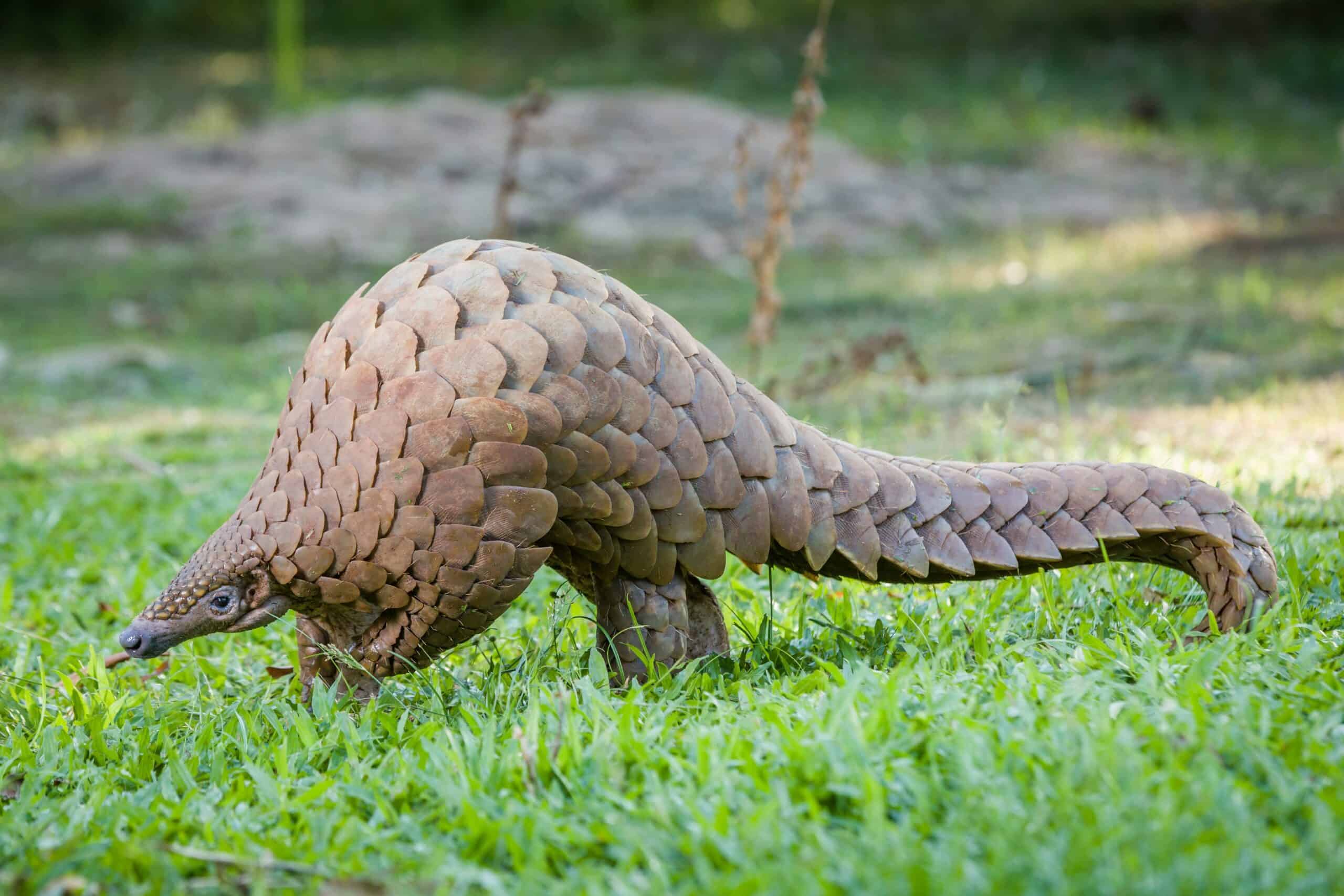
Pangolins are unique, armored mammals found in Africa and Asia. Their bodies are covered in overlapping scales made of keratin, providing them with a tough defense against predators. These nocturnal creatures have long, sticky tongues that help them extract ants and termites from deep within their nests. When threatened, pangolins curl into a tight ball, making it nearly impossible for predators to get past their armor. Unfortunately, they are heavily poached for their scales, making them one of the most trafficked animals in the world.
Quokka
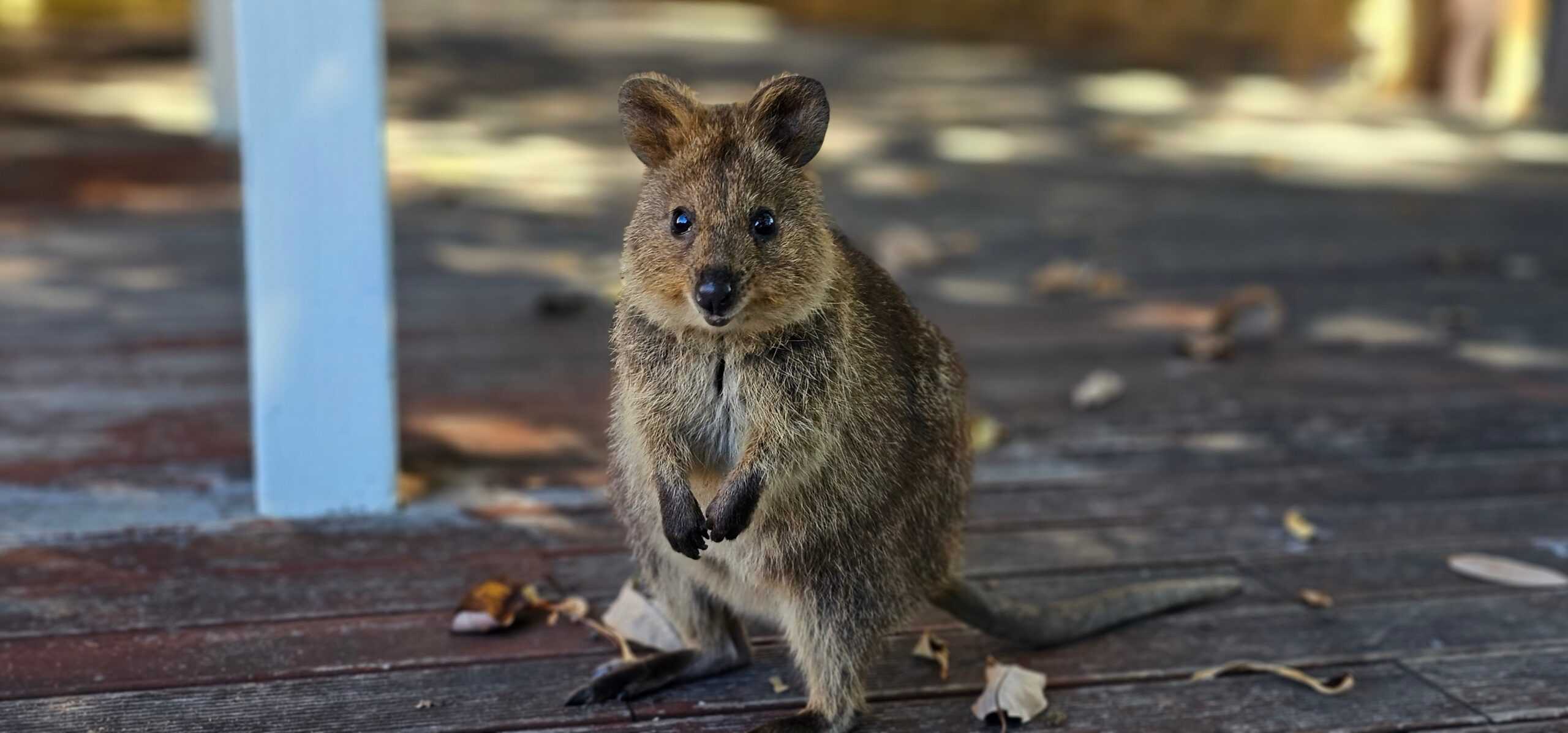
The quokka is a small marsupial native to Australia, particularly found on Rottnest Island. It has a round face, short tail, and small ears, giving it a perpetual smile that has earned it the nickname “the world’s happiest animal.” Quokkas are nocturnal and spend their nights foraging for leaves, grasses, and roots. Despite their friendly appearance, they are vulnerable to predators and habitat loss. Conservation efforts are in place to protect these charming creatures.
Slow Loris
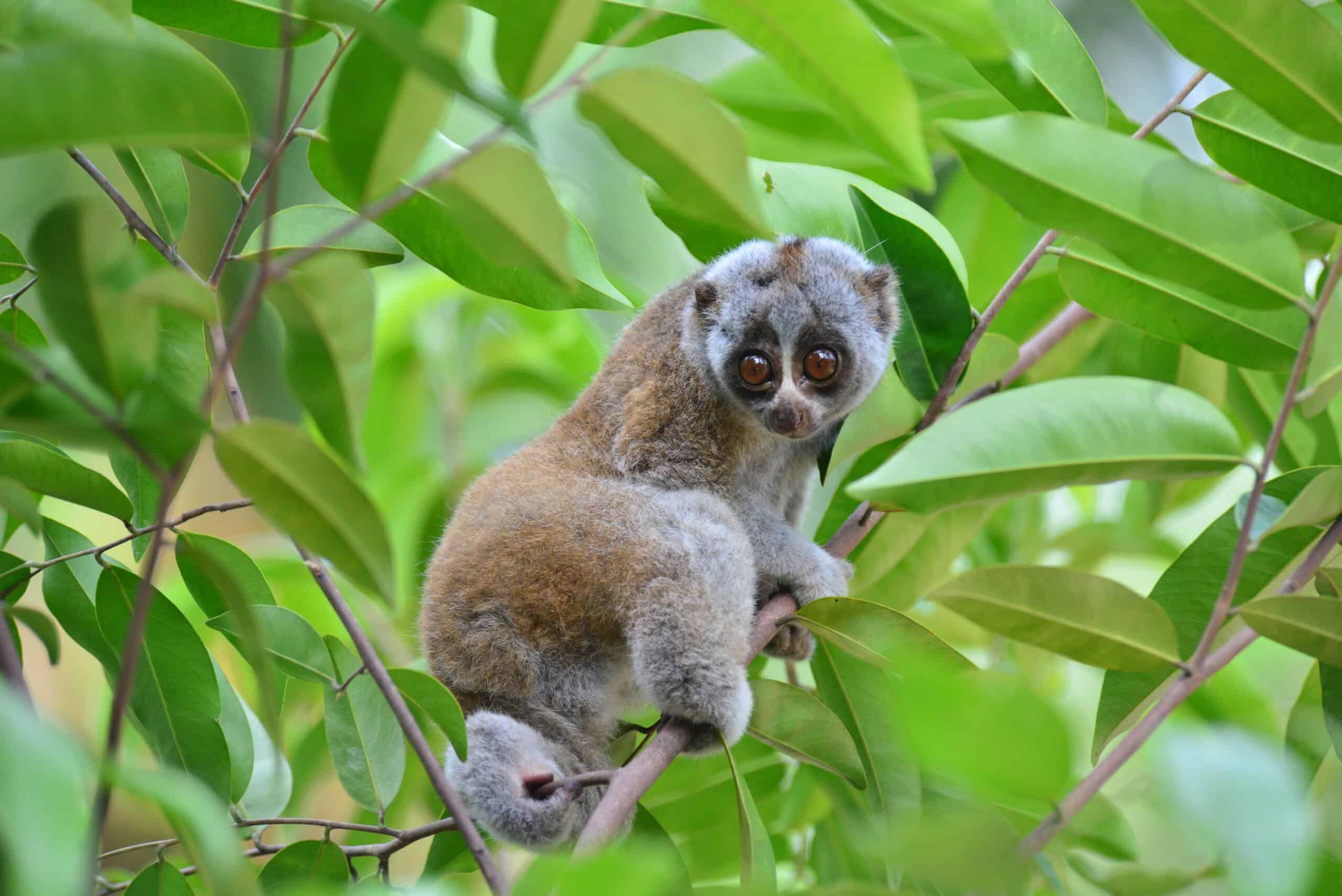
The slow loris is a small, nocturnal primate found in Southeast Asia. It has large, round eyes that are perfectly adapted to seeing in low light. Slow lorises move deliberately and can remain motionless for hours, blending into the trees. They have a toxic bite, which is rare among mammals, used to defend themselves from predators. Unfortunately, they are often captured for the illegal pet trade, which threatens their survival in the wild.
Tarsier
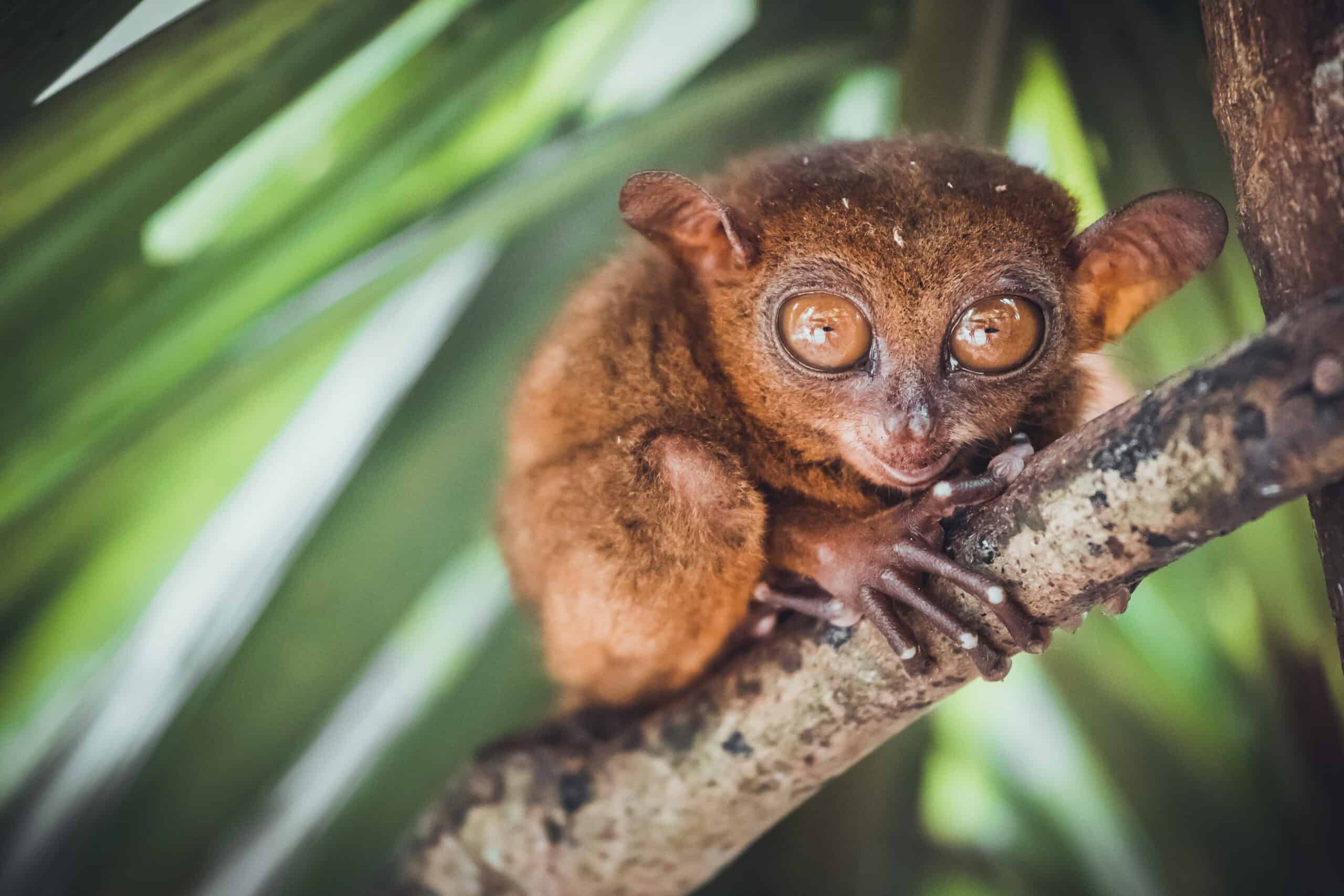
Tarsiers are tiny primates with enormous eyes, found in Southeast Asia, particularly the Philippines. Their eyes are so large that they cannot move them, so they turn their heads nearly 180 degrees to look around. Tarsiers are exceptional jumpers, leaping from tree to tree to catch insects, their primary diet. They are nocturnal and spend the daylight hours hiding in dense vegetation. Despite their size, tarsiers are skilled hunters with sharp claws and acute hearing.
Fishing Cat

The fishing cat is a medium-sized wild cat native to South and Southeast Asia. It has a stocky build, short legs, and a broad head with small, rounded ears. True to its name, the fishing cat is an excellent swimmer and primarily hunts fish, using its partially webbed paws to catch prey. They are nocturnal, often prowling the edges of rivers and wetlands at night. Their solitary nature and shrinking habitat make them difficult to spot in the wild.
Galago
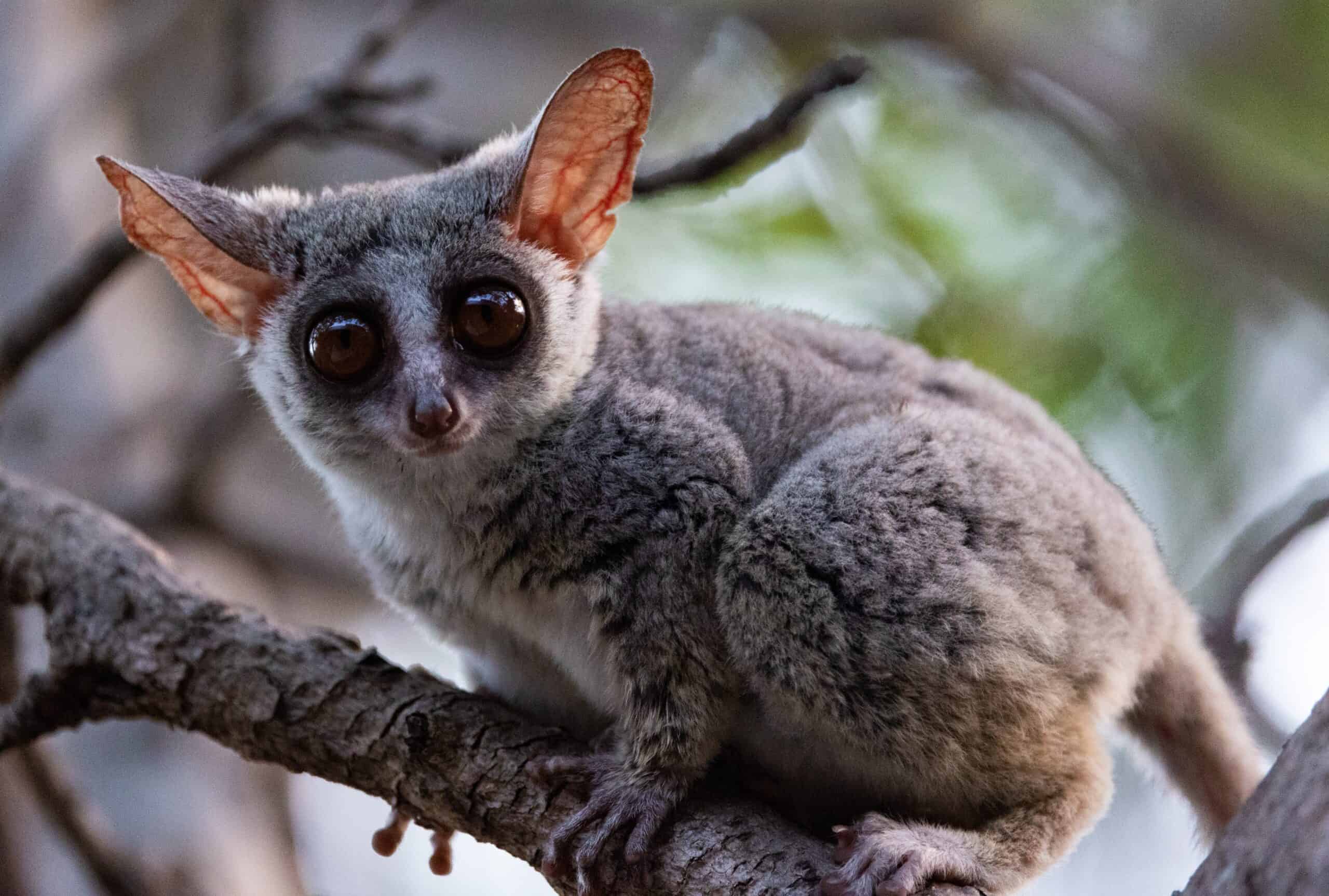
Galagos, also known as bush babies, are small, nocturnal primates found in Africa. They have large eyes and ears, allowing them to see and hear exceptionally well in the dark. Galagos are agile climbers and leapers, moving swiftly between trees in search of insects, fruit, and tree sap. Their calls are often described as eerie and baby-like, adding to their mysterious aura. Despite their small size, galagos are resilient and adapt well to various environments.
Fossa
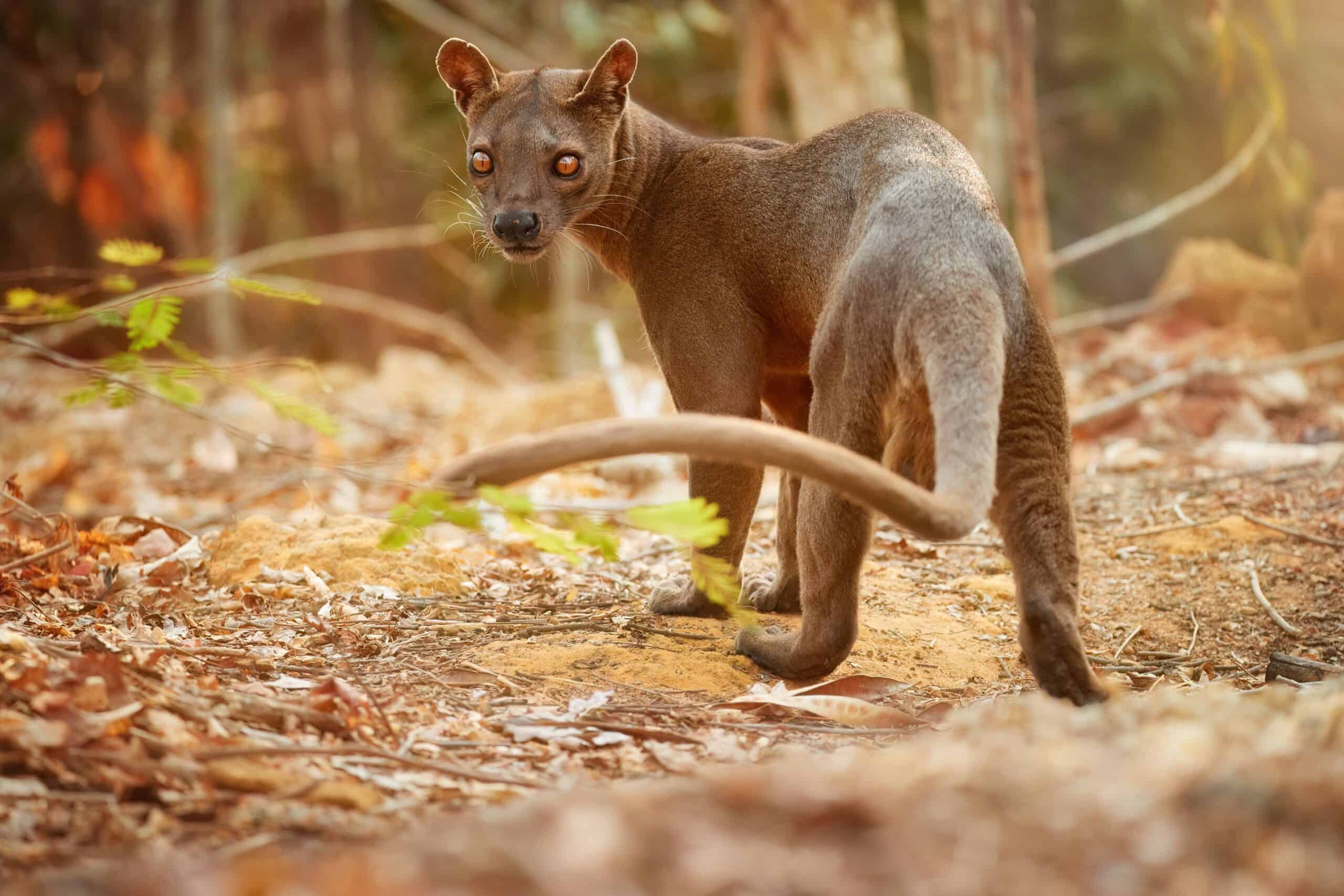
The fossa is a unique carnivore native to Madagascar, often compared to a small cougar. It has a slender body, long tail, and sharp claws, making it an excellent climber. Fossas primarily hunt lemurs, using their agility and strength to pursue prey through the treetops. Their large eyes and keen sense of smell help them navigate the dense forest at night. Despite their cat-like appearance, fossas are actually related to mongooses and are considered Madagascar’s top predator.
Kakapo

The kakapo is a large, flightless parrot native to New Zealand, known for its distinct mossy green feathers. It is nocturnal and highly endangered, with only a few individuals left in the wild. Kakapos are herbivores, feeding on seeds, fruits, and leaves during the night. They have a unique way of moving, using their wings for balance as they walk along the ground. Conservation efforts are in place to save this remarkable bird, but its future remains uncertain.
Lesser Grison
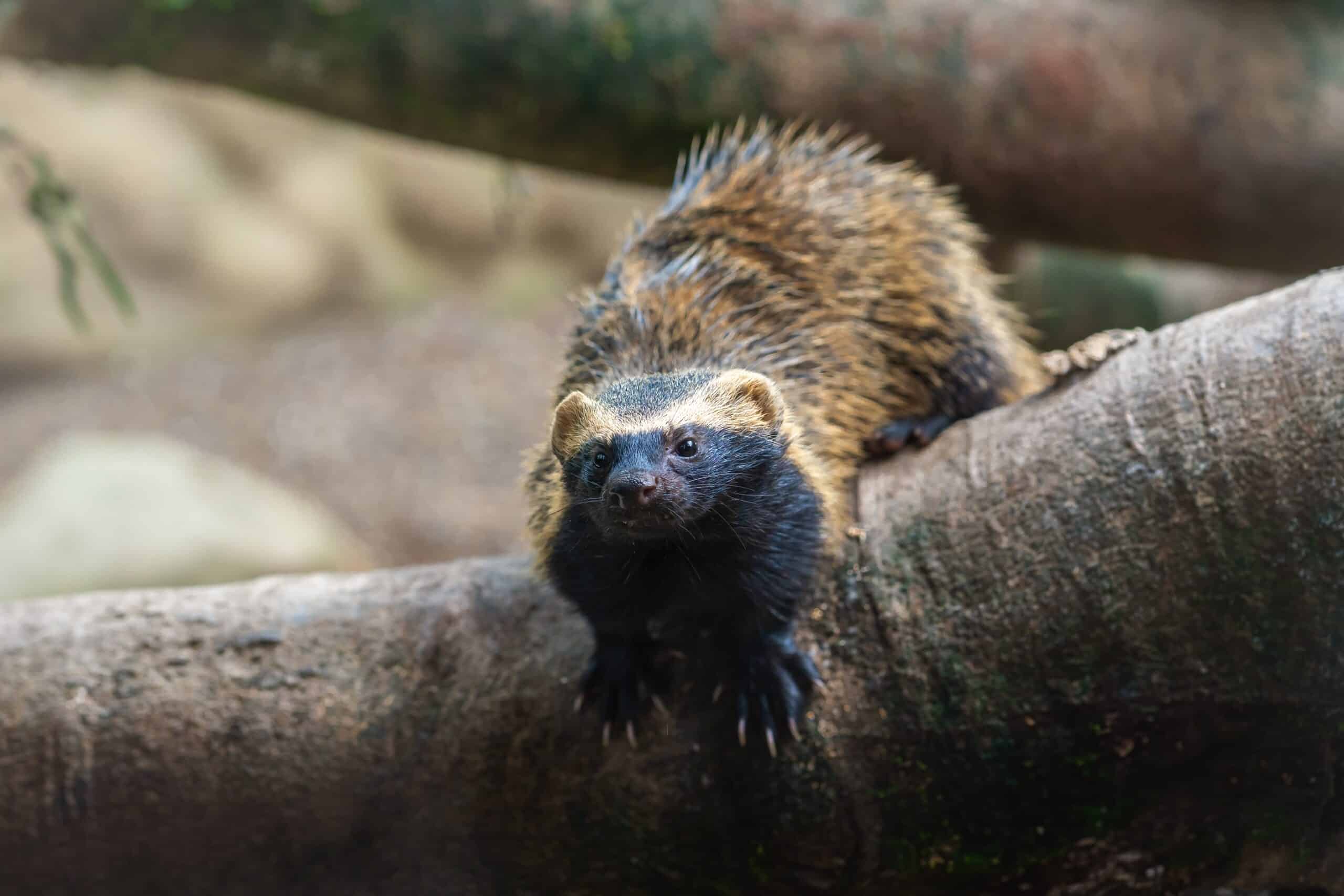
The lesser grison is a small, ferret-like carnivore found in South America. It has a sleek body, short legs, and a distinctive black and gray coat. Lesser grisons are nocturnal hunters, preying on small mammals, birds, and insects. They are known for their aggressive nature and can take down prey larger than themselves. These solitary animals use burrows to rest during the day, emerging only under the cover of darkness.
Potto
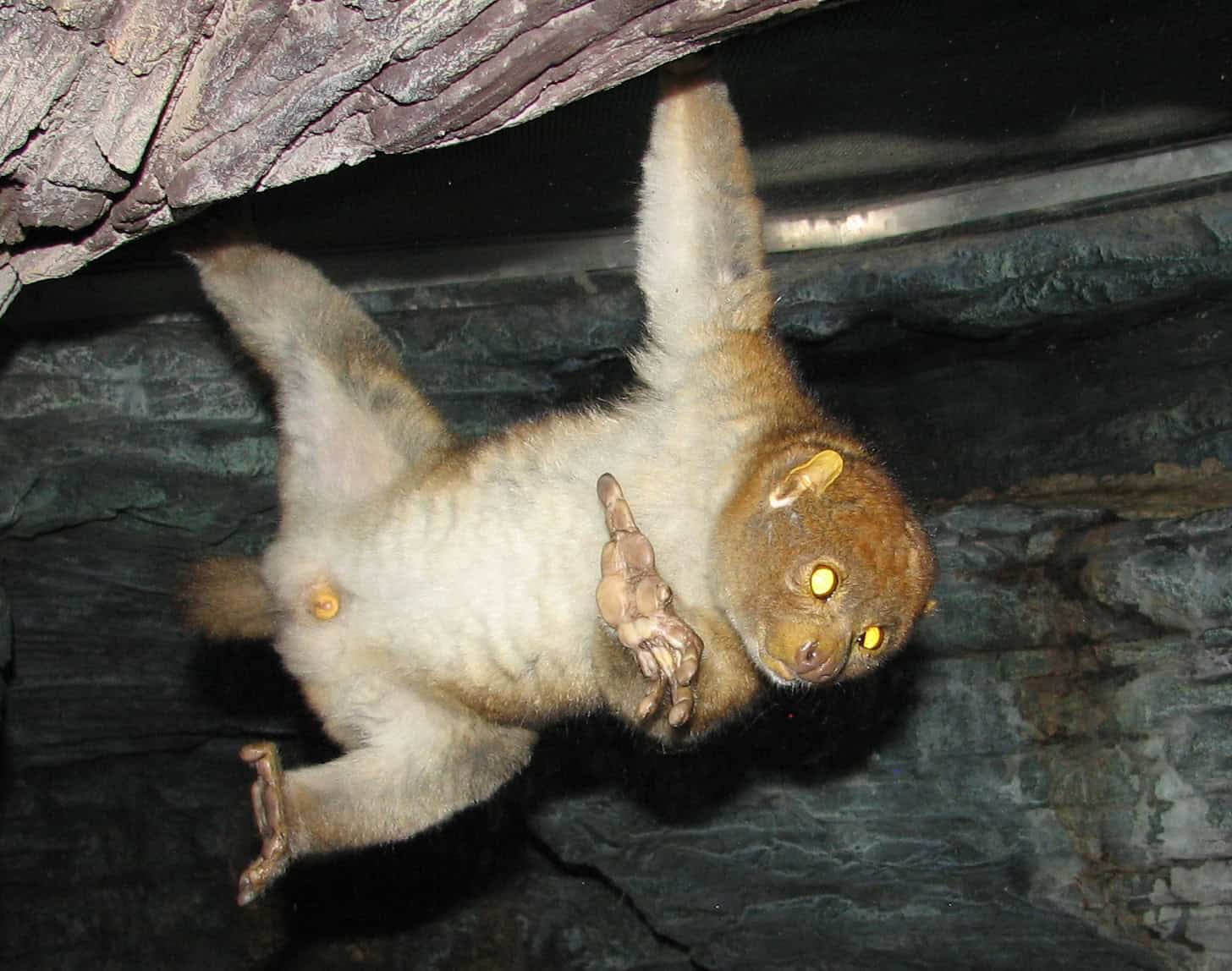
The potto is a slow-moving primate found in the rainforests of Central Africa. It has thick fur, a round head, and large eyes adapted for night vision. Pottos are nocturnal and arboreal, spending most of their lives in the trees. They feed on fruit, insects, and small vertebrates, using their strong grip to hang upside down while eating. Pottos have a unique defense mechanism, with a bony spine on their neck that can deliver a painful blow to predators.
Bilby
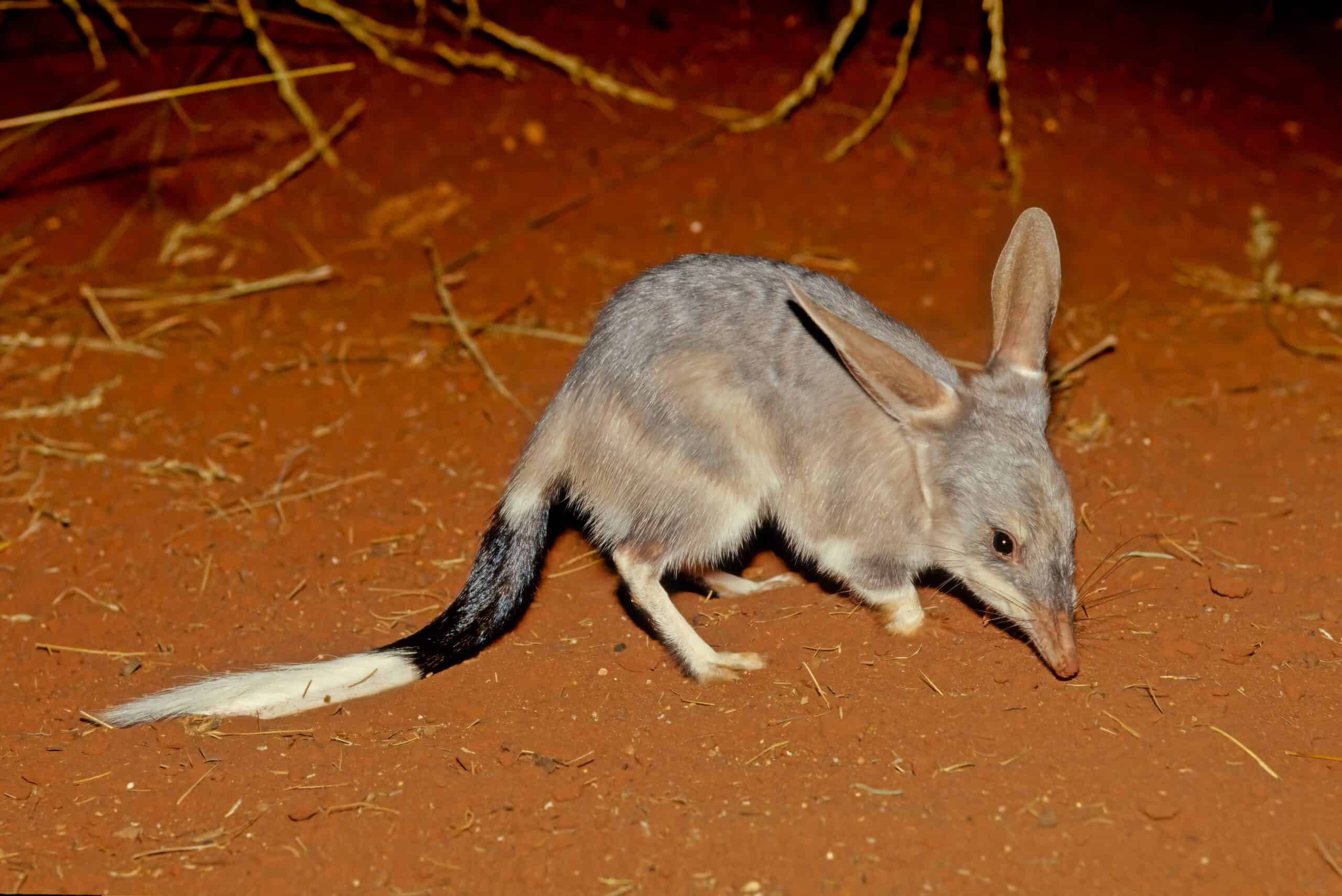
The bilby is a small, burrowing marsupial native to Australia, known for its long ears and pointed snout. It has soft, blue-gray fur and a white-tipped tail, making it easy to distinguish. Bilbies are nocturnal and forage for seeds, insects, and fungi during the night. Their large ears help them detect underground prey, while their strong claws are perfect for digging burrows. Unfortunately, habitat loss and predation have made bilbies an endangered species.
Numbat

The numbat is a small, insectivorous marsupial found in Western Australia, recognized for its reddish-brown coat with white stripes. Unlike most nocturnal animals, numbats are active during the day, feeding exclusively on termites. However, they rest in hollow logs and burrows at night to avoid predators. Numbats have a long, sticky tongue that helps them extract termites from deep within their nests. Conservation efforts have been made to protect this unique species from extinction.
Colugo
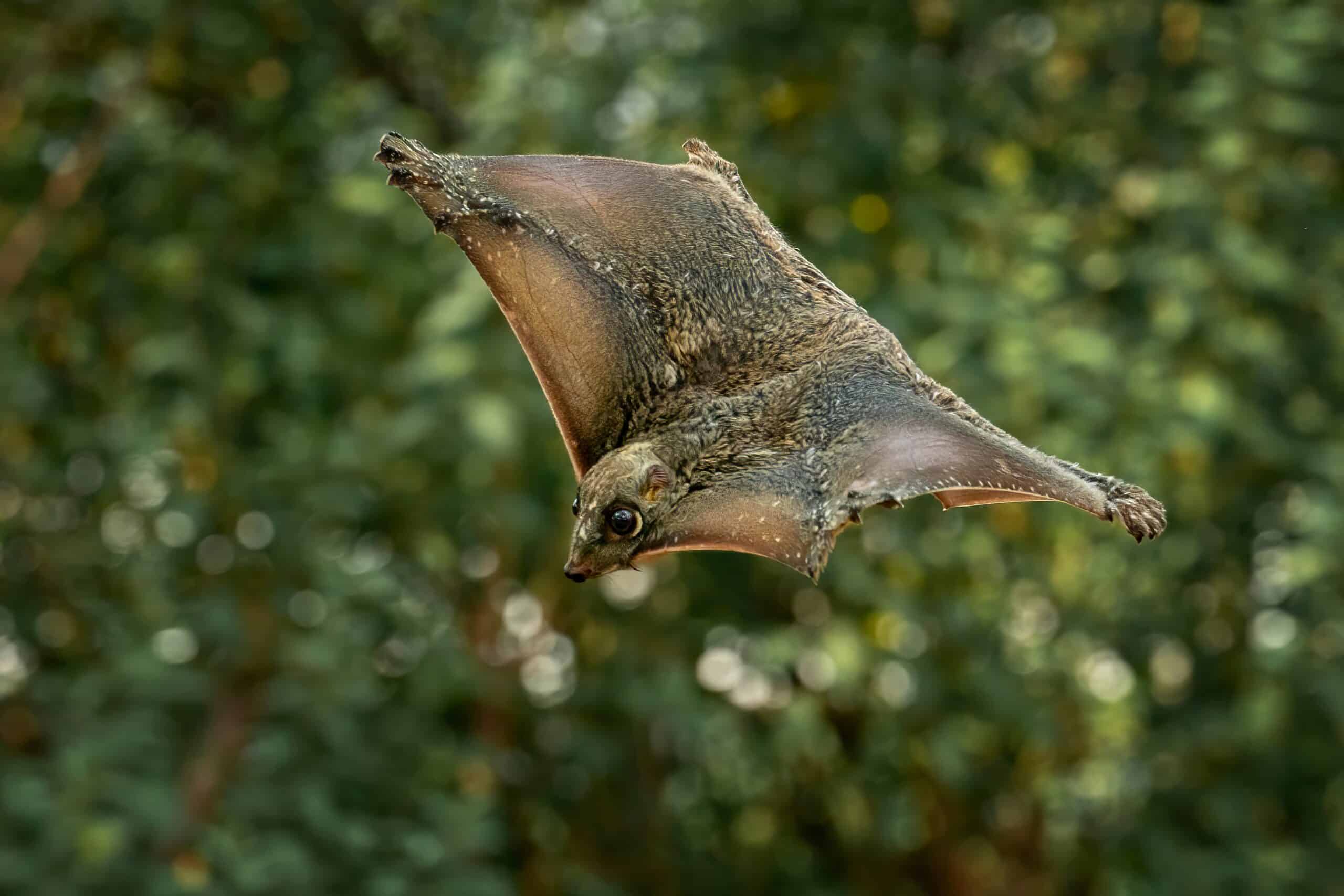
The colugo, also known as the flying lemur, is a gliding mammal found in Southeast Asia. It has a large, webbed membrane that extends from its neck to the tips of its fingers, toes, and tail. This membrane allows colugos to glide between trees over long distances at night. Colugos are herbivores, feeding on leaves, fruits, and flowers. Despite their name, they are not true lemurs but are closely related to primates.
Jerboa

The jerboa is a small rodent found in the deserts of North Africa and Asia, known for its long legs and large ears. It has a distinctive hopping gait, similar to a kangaroo, which helps it escape predators. Jerboas are nocturnal and emerge from their burrows at night to forage for seeds and insects. Their large ears provide excellent hearing, while their long tail helps them balance while jumping. Jerboas have adapted well to the harsh desert environment, surviving with minimal water.
This article originally appeared on Rarest.org.
More from Rarest.org
1941 Mercury Dime Value Guide

For more than 200 years, the US Mint has created American coins, some of which are extremely prized. Read More.
1940 Wheat Penny Value Guide

Although it is technically a Lincoln cent, because of the wheat stalks found on the coin’s reverse, most collectors refer to it as the Wheat Penny. Read More.
14 Most Expensive Box Office Flops Ever

Hollywood is known for its glitz and glamour, but not every big-budget film becomes a blockbuster hit. Read More.
